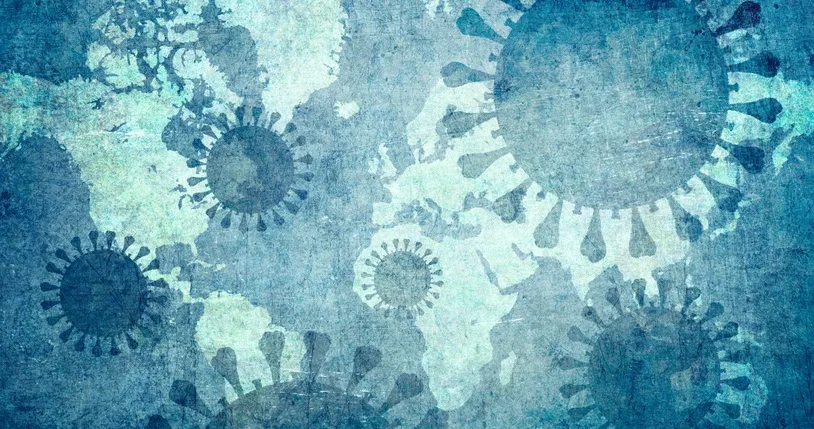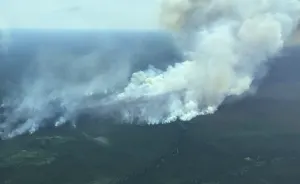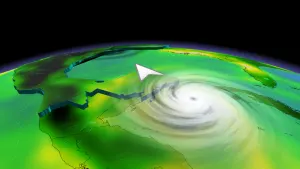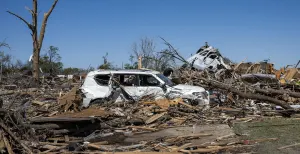
COVID-19: Is Canada's curve flattening?
From our Viral Weather special program: Chris St. Clair speaks with Dr. Sumon Chakrabarti, an infectious diseases expert at Trillium Health, about flattening the curve.
Flatten the curve.
It's a term we've all heard in recent days, as healthcare experts work to contain the spread of COVID-19.
The concept is simple: If everyone gets sick simultaneously, hospitals and health care workers will be overwhelmed. This is a worst-case scenario that can lead to more people falling ill or dying due to a lack of hospital beds, ventilators, doctors, and nurses.

Courtesy: Wikipedia
If everyone does what they can to limit the spread of the disease, it can prevent a spike in daily infections. This buys the health care system time to treat more people, free up more beds, and possibly develop a vaccine or some form of medication.
Canada has implemented several aggressive measures to help flatten the curve, including widespread stay-at-home orders.
Many of these strategies went into effect in mid-March.
IS CANADA'S CURVE ACTUALLY FLATTENING?
In the latest edition of Viral Weather, our own Chris St. Clair sat down with Dr. Sumon Chakrabarti, an infectious disease specialist at Trillium Health Partners in Mississauga Ontario.
Dr. Chakrabarti has been working directly with COVID-19 patients.
"It's been tough," he says.
"We're starting to see more patients come in, but we think that's going to slow down by the end of April.
I've seen multiple people with COVID, but I think we're handling it well and there does seem to be a light at the end of the tunnel."
Overall, Dr. Chakrabarti says Canada appears to be flattening the curve, but the downward trajectory has been a bit slower in Ontario, when compared to other provinces like B.C. or Alberta.
Dr. Chakrabarti is forecasting a peak in April with new cases "really grinding to a halt" in May.
Go here for our complete coverage of the COVID-19 pandemic
WHAT HAPPENS NEXT?
In theory, if cases start to drop in May, Dr. Chakrabarti says we may be able to resume some form of normalcy.
That said, we likely won't be gathering for concerts or large sporting events anytime soon.
"What we might see is some of the restrictions relaxed in a graded way," he says.
"There will be more cases, but we'll have to keep a close eye on them ... and keep them under control."
A SECOND WAVE?
Studies are suggesting a second wave of infections might be possible around the end of the summer, when temperatures are still warm and many people are longing to be outside.
Dr. Chakrabarti thinks we're ready for that.
"We will see more cases, but not as many," he says.
Infection rates can be kept low by contact tracing, widespread testing, and isolating sick patients.
HOW TO FLATTEN THE CURVE
You can help flatten the curve by:
Self-isolating.
Avoiding touching your face.
Frequently washing your hands thoroughly for at least 20 seconds with soap and water.
Maintaining a distance of 1.8 metres from other people when in public.
Avoiding large crowd gatherings.
Limiting travel.
Working from home if you can.










